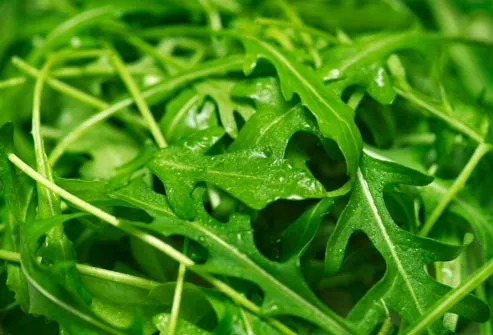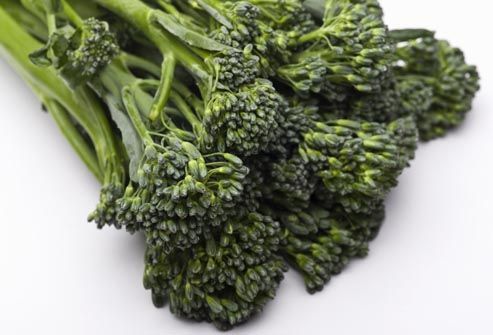Can you take too much calcium?
The upper limit of daily calcium for people between the ages of 19 and 50 is 2,500
milligrams, and for those 51 and older it’s 2,000 mg.
Calcium supplements rarely cause excessive calcium levels in the bloodstream. "It
doesn't hurt you, but it's not particularly beneficial, either.
One exception: people who have a tendency to make kidney stones. "You might make
larger and more frequent stones with unusually high doses of calcium."
Can I skip calcium supplements and get what I need from my diet?
Yes. But it's going to take some work.
How can you tell if you're getting enough calcium? Try tracking how much you get for a
week. "Write down what you eat for a week. Figure out how much calcium is in what you've
eaten during that time. Then divide by seven, most probably you'll be well under 1,000
milligrams.
Some of your best sources of dietary calcium are yoghurt (over 400 milligrams per 8-
ounce serving), non-fat milk (about 300 milligrams per serving), and cheeses like
mozzarella and cheddar (between 275 and 315 milligrams per serving). Some dark green
vegetables, like spinach, are fairly high in calcium as well.
Keep in mind that there's really not that much difference between getting calcium in a
supplement and calcium in food.
Ideally, if you have a good, healthy diet, and get all your nutrients including calcium from
that, that's best. But the calcium in food and the calcium in supplements is identical.
What would a good, calcium-rich diet look like?
If you drank a glass of milk (300 milligrams of calcium) with a calcium-fortified cereal for
breakfast (400 milligrams of calcium), you'd get 70% of the 1,000-milligram
recommended daily amount of calcium for an adult age 19-50 with that meal alone.
Or, you could have a carton of yoghurt (415 milligrams of calcium) with 6 ounces calcium-
fortified orange juice (250 milligrams of calcium) for a total of 665 milligrams of calcium.
Calcium-fortified foods -- such as cereals, some juices, and soy milk -- are excellent
sources of the mineral.
Later that day, if you add 3 ounces of canned salmon (180 milligrams of calcium) on your
lunch salad, snack on 1.5 ounces of cheddar cheese (306 milligrams of calcium), have
half a cup of spinach with dinner (120 milligrams of calcium), and enjoy half a cup of ice
cream for desert (85 milligrams of calcium), you would have gotten more than enough
calcium for an average adult. One can even add some sesame sweet balls, as then one
can get calcium & some iron too, black sesame seeds have 400 times more calcium
than the white one, as black alone is difficult to eat, best is to combine black & white
sesame seeds & use in your daily diet.
What would a good, calcium-rich diet look like?





